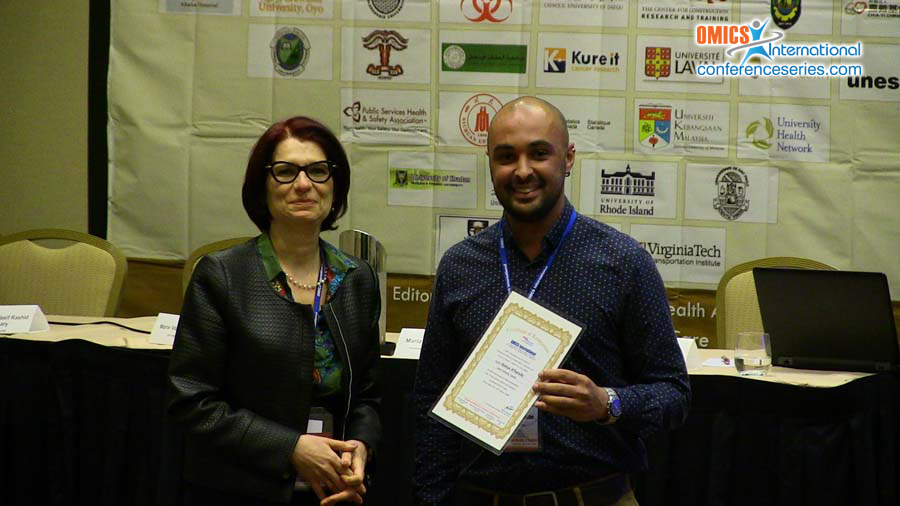Hamza M bareche
Laval University, Canada
Title: Workers’ exposure to bioaerosols from three different types of composting facilities
Biography
Biography: Hamza M bareche
Abstract
Composting whereby organic matter is stabilized due to aerobic microbial activity. The composting process involves vigorous movement of material waste, which releases a lot of bio-aerosols into the environment. There is a lack of knowledge concerning the dispersal of airborne microorganisms emitted by composting plants (CP) as well as the potential exposure of composting workers. The aim of this study was to investigate the workers exposure to bio-aerosols from three different types of composting facilities, during working activities. Bio-aerosols assessment was performed using culture methods and qPCR. The production of bio-aerosols increased in all CP, independently of the type of the raw compost used (domestic, vegetal, animal), during the brewing activities. Regardless of the type of raw material treated, there was a natural emission of microorganisms from composting piles and the concentration increases 1000 fold during activities involving handling of compost. Important concentrations of mesophilic molds and bacteria were noted in the working areas with a respective maximal concentration of 2.3x105 CFU/m3 and 1.62x105 CFU/m3. A. fumigatus was also detected in all working areas as well as thermophilic actinomycetes and their respective concentration was up to 2.3x105 UFC/m3 and 2.97x104 UFC/m3. Mycobacterium had a maximal concentration of 2.41x107 genome/m3. S.rectivirgula reached 3.26x106 genome/m3 and L. pneumophila 3.12x104 genome/m3. Legionella sp. was present in two of the three CP’s with concentration up to 1.85x105 genome/m3. Workers are exposed to important concentrations of allergenic and pathogenic agents, proposing a health risk. Considering the detailed evaluation of the workers exposure to bio-aerosols, this study may lead to recommendations for personal and environmental protective equipment
Speaker Presentations
Speaker PPTs Click Here




